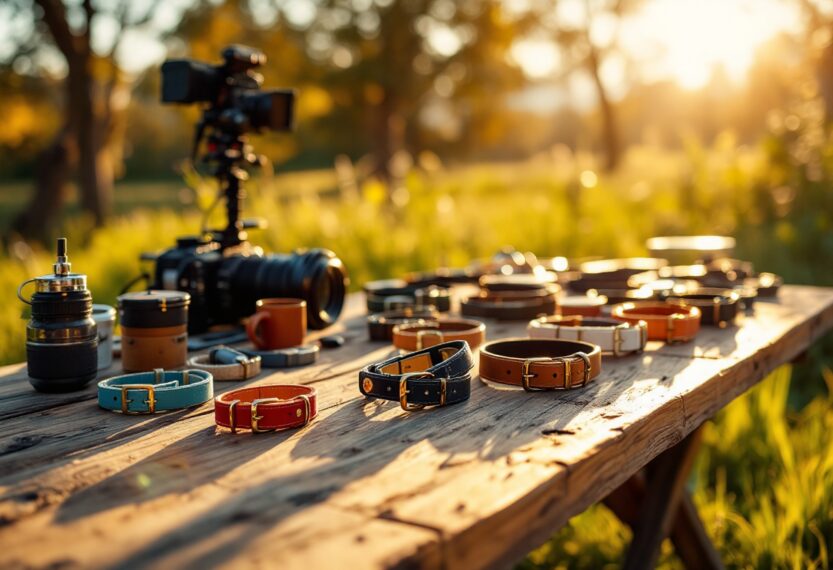The art of canine casting in film: A behind-the-scenes look
In the realm of filmmaking, the casting process is often a meticulous endeavor, extending beyond human actors to include our four-legged companions. The recent adaptation of Rachel Yoder’s novel, Nightbitch, directed by Marielle Heller, exemplifies the complexities involved in selecting the right canine co-star. Heller’s vision for the film required a specific breed—a reddish-colored husky with striking blue eyes. This quest for the perfect dog highlights the challenges faced by filmmakers in sourcing trained animals that meet their artistic vision.
The rarity of the ideal canine actor
Finding a dog that fits the desired aesthetic and temperament can be a daunting task. Huskies, known for their stubbornness and independent nature, are not typically trained as actors. Heller’s team, led by animal trainer Bettina Weld, embarked on a search that would take them through various shelters, ultimately leading to the discovery of Juno, a red husky who would become the film’s titular character. The excitement surrounding Juno’s selection underscores the rarity of such dogs in the casting circles, making the process both exhilarating and challenging.
The bond between actors and their canine counterparts
While Amy Adams, the film’s lead, was not directly involved in the casting of her canine counterpart, she was introduced to the options available. The serendipitous connection between Adams and Juno was palpable from their first meeting, with the dog displaying an immediate affection for the actress. This bond is crucial in film, as the chemistry between human and animal actors can significantly enhance the storytelling experience. The ability of a dog to connect with its human co-star can elevate a performance, making it more authentic and engaging for the audience.
Training and preparation for the spotlight
The journey from shelter to set is not without its hurdles. Juno underwent rigorous training in less than six weeks, a remarkable feat considering the typical timeline for preparing a dog for film. Weld’s team emphasizes the importance of evaluating a dog’s temperament and willingness to engage in the filming process. The right dog must not only be trainable but also comfortable in the bustling environment of a movie set. Juno’s ability to adapt and thrive in this setting speaks volumes about her potential as a canine actor.
Challenges of filming with animals
Filming scenes with animals presents unique challenges, particularly when it comes to safety and coordination. During the final night shoot for Nightbitch, Juno was required to navigate through traffic, a task that demanded precise planning and execution. The trainers’ dedication to ensuring Juno’s safety while capturing the desired footage reflects the commitment of the entire team to the welfare of the animals involved. Such careful consideration is essential in maintaining a safe and productive filming environment.
The future of canine actors in Hollywood
As the film industry continues to evolve, the role of canine actors is becoming increasingly prominent. Juno’s success in Nightbitch has already opened doors for her, with opportunities to work on future projects, including a role in Guillermo del Toro’s upcoming film. This trajectory not only highlights the potential for dogs in cinema but also emphasizes the importance of responsible training and casting practices. The journey of a dog from shelter to stardom is a testament to the power of connection, training, and the art of storytelling.

